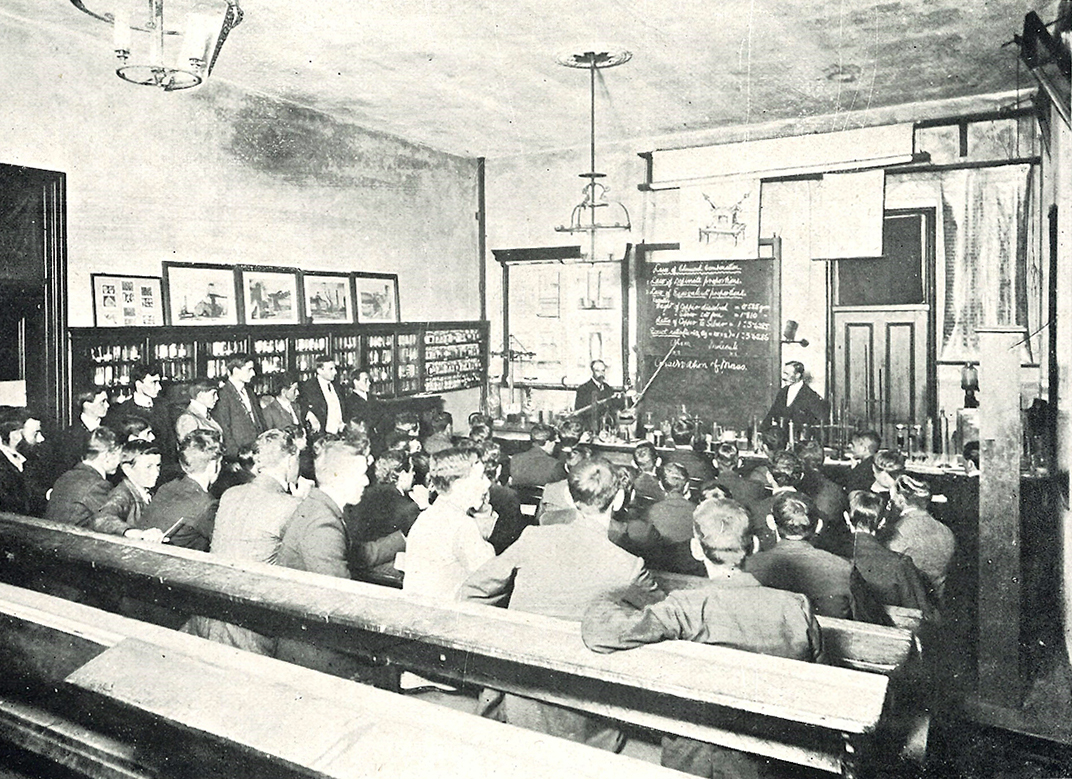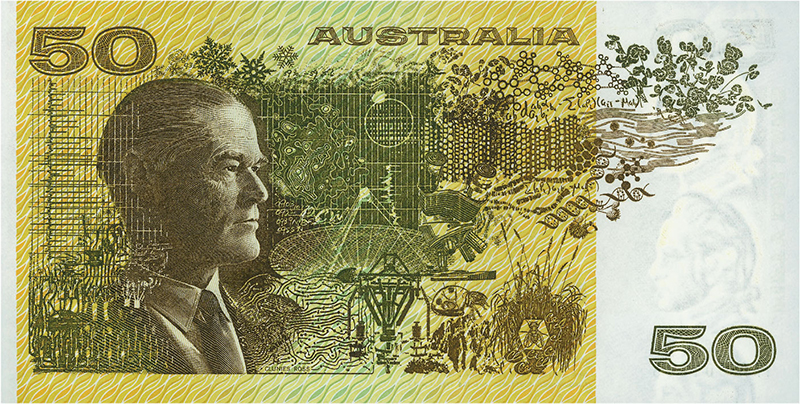About William and Ian Clunies Ross
William John Clunies Ross, a passionate scientist and teacher, helped shape modern-day Bathurst in Central West New South Wales. Famed for his lectures on geology and metals, he brought educational opportunity to the regional city more famous for gold mining. He is closely connected to the history of technical education and training in Bathurst
His youngest son William Ian Clunies Ross followed his father into a career in science. Starting in veterinary science, he turned his innovative research into parasitology into the eventual role of Chair of what would become the Commonwealth Scientific and Industrial Research Organisation (CSIRO).
Location
Category
Share and save

Sailing to NSW
The son of a sea captain, William John Clunies Ross was born on 31 March 1850 in London. He graduated from Kings College, University of London with a Bachelor of Science, eventually becoming an associate of the college and fellow of the Geological Society.
When William was 34 years old, he left England for the flourishing colony of New South Wales, a place he had visited on one of his father’s ships as a younger man.
A talent for teaching and administration
A gifted speaker in a colony still gripped by the gold rushes, William used his educational background to make his name in Sydney with a lecture on ways to turn ‘trash into treasure’ by extracting silver from rocks, sediments and scrap.
Appointed resident science master in Bathurst by the Board of Technical Education, he set about establishing a new school in the city to teach sciences allied with gold mining.
During his first year at Bathurst, William offered courses in mineralogy, chemistry, geology, physiography and geometrical drawing taught out of borrowed classrooms, soon adding mathematics, physics and botany lessons.
His gift for turning an audience of students into a classroom of engaged learners made him one of the nation’s foremost early educators. From temporary classrooms, William helped grow a small technical school into the Bathurst Technical College, now TAFE NSW’s thriving Bathurst campus.
Inspiring curiosity
William also gave popular lectures to the public on topics such as astronomy and the Jenolan Caves. These helped to inspire a group of local amateur scientists to come together to form the Bathurst Scientific Society.
He spoke regularly to enthusiastic audiences at the Society, finding intellectual curiosity and a ready ear for topics ranging from ‘the rocks of the Bathurst district’ to ‘the life of the sea’.
William continued his educational work as a head of the chemistry department at Sydney Technical College from 1904 until his death in 1914.

His father’s son
William Ian (known as Ian), the fourth and youngest son of William John Clunies Ross, was born in Bathurst on 22 February 1899. Following his father into veterinary science, his innovative research in parasitology led to his 1926 appointment to the newly-established Council for Scientific and Industrial Research (CSIR).
Ian completed his PhD on the hydatid parasite 1928. In the course of his career he published over fifty scientific papers and co-wrote The Internal Parasites and Parasitic Diseases of Sheep (1936) with H. McL. Gordon.
Leading the CSIRO
In 1946, Ian was appointed a full-time member of CSIR executive committee, with general responsibility for the agricultural and biological divisions. After internal changes in CSIR in 1949, he was appointed chairman of the newly created CSIRO, a position he occupied until his death in 1959. During this time he oversaw the release of myxomatosis for rabbit control in Australia.
Knighted in 1954, Ian is remembered for his successful leadership of the CSIRO, overseeing its development into an institution of international importance, and for his support of scientific research.
Ian’s image appeared on the reverse of Australia’s $50 banknote between 1973 and 1995, honouring the special public position he occupied at the time of his death.
References and further reading
Australian Academy of Science biographical memoirs, Ian Clunies Ross 1899-1959
Australian Dictionary of Biography, William John Clunies Ross
Australian Dictionary of Biography, Sir William Ian Clunies Ross
Bright Sparcs, Clunies Ross, William John (1850 - 1914)
Encyclopedia of Australian Science and Innovation, Clunies Ross, William John
Australian Academy of Science, Ian Clunies Ross 1899-1959
Sydney Morning Herald, Late Mr. W. J. Clunies Ross, 9 November 1914
